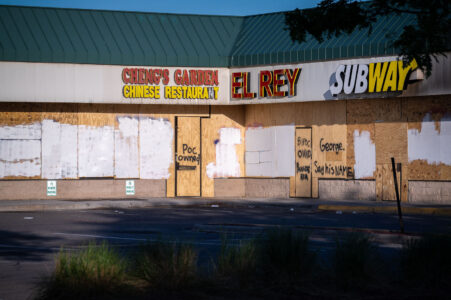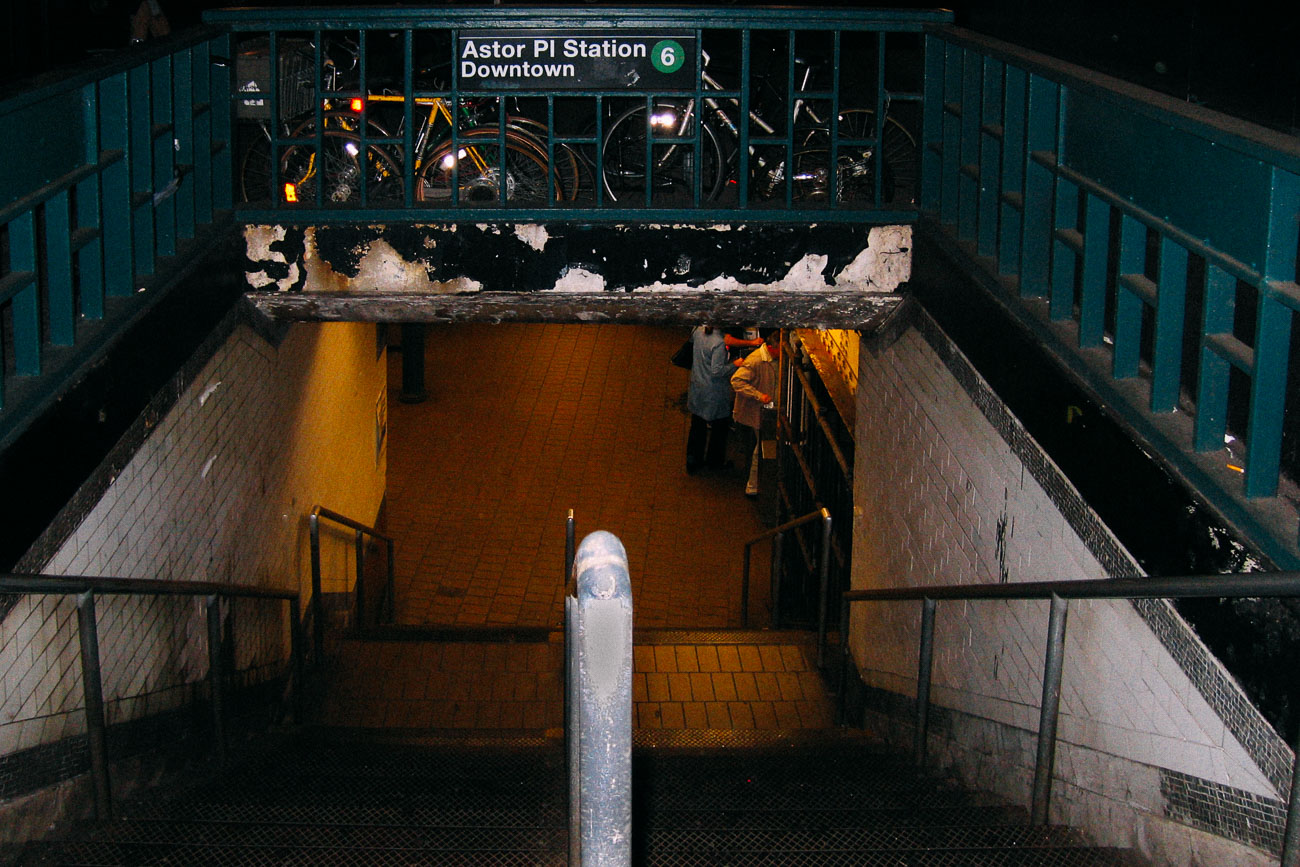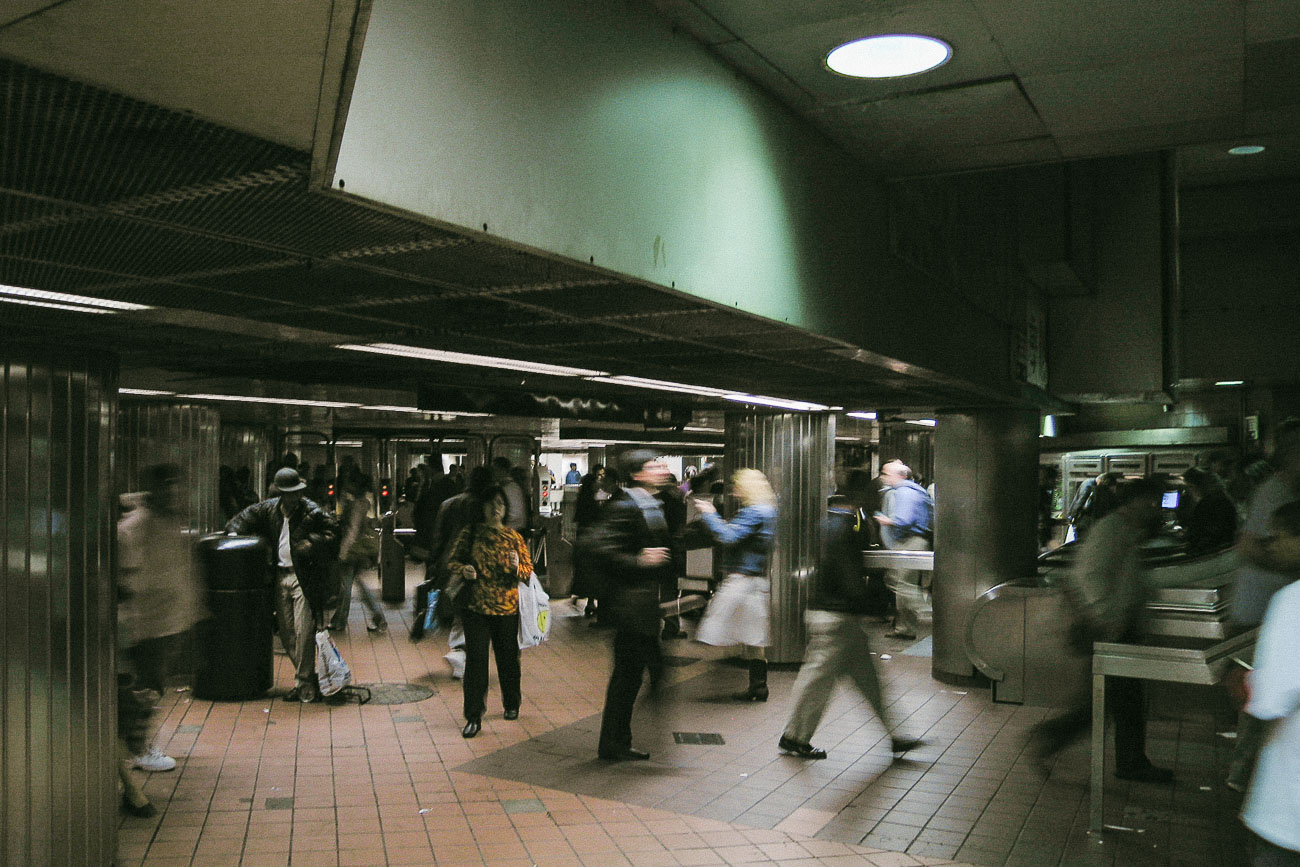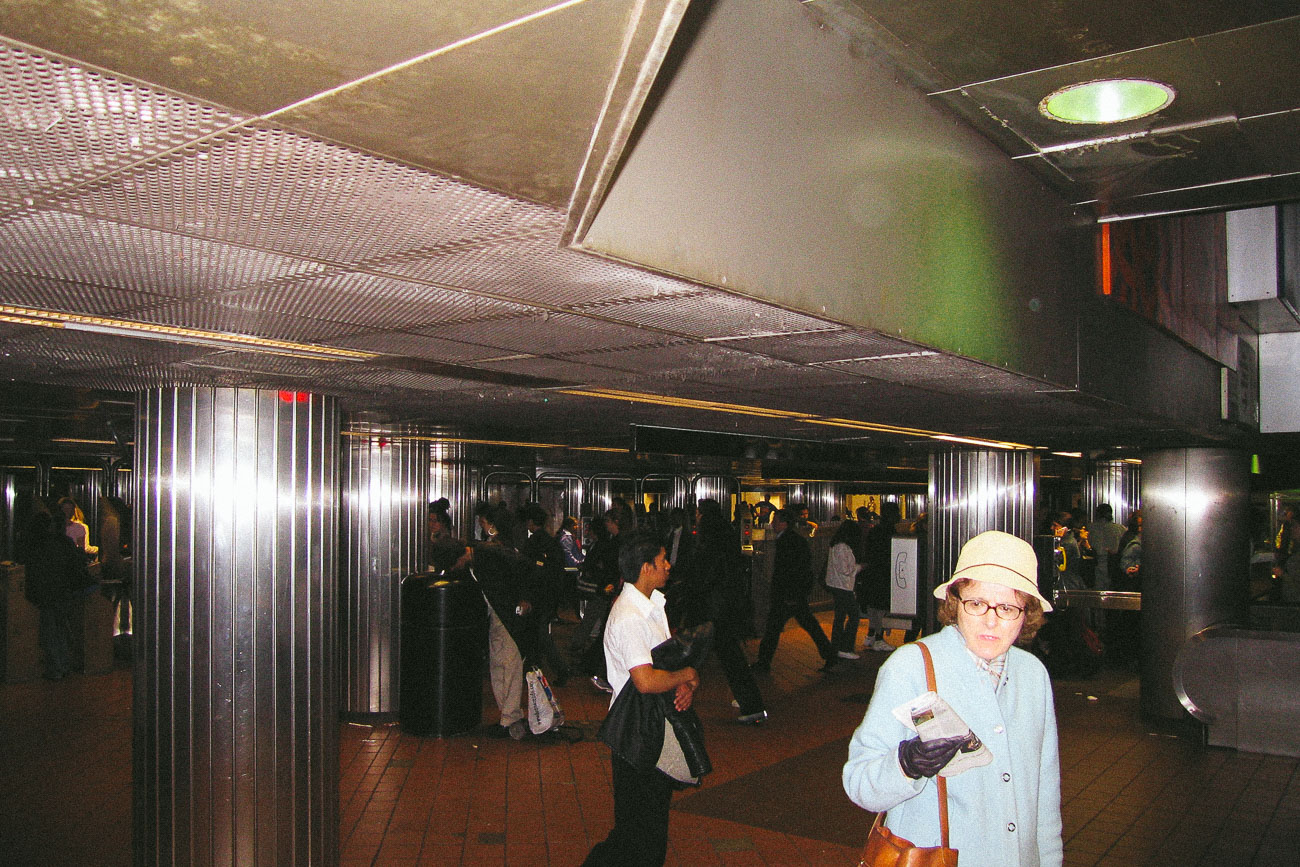London
A visit to London in 2019. With only a few days to spend, I took the opportunity to ride as many trains as I could. London has some of the best train stations i’ve ever been to.

Westminster Tube Station
Westminster is a London Underground station in the City of Westminster. It is served by the Circle, District and Jubilee lines. On the Circle and District lines, the station is between St. James’s Park and Embankment, and on the Jubilee line it is between Green Park and Waterloo. It is in Travelcard Zone 1. The station is located at the corner of Bridge Street and Victoria Embankment and is close to the Houses of Parliament, Westminster Abbey, Parliament Square, Whitehall, Westminster Bridge, and the London Eye. Also close by are Downing Street, the Cenotaph, Westminster Millennium Pier, the Treasury, the Foreign and Commonwealth Office, and the Supreme Court.
The station is in two parts: sub-surface platforms opened in 1868 by the District Railway (DR) as part of the company’s first section of the Inner Circle route and deep level platforms opened in 1999 as part of the Jubilee line extension from Green Park to Stratford. A variety of underground and main line services have operated over the sub-surface tracks, but the original station was completely rebuilt in conjunction with the construction of the deep level platforms and Portcullis House, which sits above the station.
Source: en.wikipedia.org/wiki/Westminster_tube_station

Westminster Tube Station
Westminster is a London Underground station in the City of Westminster. It is served by the Circle, District and Jubilee lines. On the Circle and District lines, the station is between St. James’s Park and Embankment, and on the Jubilee line it is between Green Park and Waterloo. It is in Travelcard Zone 1. The station is located at the corner of Bridge Street and Victoria Embankment and is close to the Houses of Parliament, Westminster Abbey, Parliament Square, Whitehall, Westminster Bridge, and the London Eye. Also close by are Downing Street, the Cenotaph, Westminster Millennium Pier, the Treasury, the Foreign and Commonwealth Office, and the Supreme Court.
The station is in two parts: sub-surface platforms opened in 1868 by the District Railway (DR) as part of the company’s first section of the Inner Circle route and deep level platforms opened in 1999 as part of the Jubilee line extension from Green Park to Stratford. A variety of underground and main line services have operated over the sub-surface tracks, but the original station was completely rebuilt in conjunction with the construction of the deep level platforms and Portcullis House, which sits above the station.
Source: en.wikipedia.org/wiki/Westminster_tube_station

Westminster Tube Station
Westminster is a London Underground station in the City of Westminster. It is served by the Circle, District and Jubilee lines. On the Circle and District lines, the station is between St. James’s Park and Embankment, and on the Jubilee line it is between Green Park and Waterloo. It is in Travelcard Zone 1. The station is located at the corner of Bridge Street and Victoria Embankment and is close to the Houses of Parliament, Westminster Abbey, Parliament Square, Whitehall, Westminster Bridge, and the London Eye. Also close by are Downing Street, the Cenotaph, Westminster Millennium Pier, the Treasury, the Foreign and Commonwealth Office, and the Supreme Court.
The station is in two parts: sub-surface platforms opened in 1868 by the District Railway (DR) as part of the company’s first section of the Inner Circle route and deep level platforms opened in 1999 as part of the Jubilee line extension from Green Park to Stratford. A variety of underground and main line services have operated over the sub-surface tracks, but the original station was completely rebuilt in conjunction with the construction of the deep level platforms and Portcullis House, which sits above the station.
Source: en.wikipedia.org/wiki/Westminster_tube_station

Clapham North deep shelter
WW2 air raid shelter pamphlet that reads:
SOME THINGS YOU SHOULD KNOW IF WAR SHOULD COME

Clapham North deep shelter
Looking down a staircase in the the Clapham North World War II air raid shelter in London

King’s Cross St Pancras Station
King’s Cross St. Pancras (formerly King’s Cross) is a London Underground station on Euston Road in the Borough of Camden, Central London. It serves King’s Cross and St Pancras main line stations in fare zone 1, and is an interchange between six Underground lines. The station was one of the first to open on the network; as of 2017, it is the most used station on the network for passenger entrances and exits combined.
The station opened in 1863 along with the Metropolitan line, subsequently catering for the Hammersmith & City and Circle lines. It was expanded in 1868 with the opening of the City Widened Lines, and the Northern and Piccadilly platforms opened in the early 20th century. During the 1930s and 1940s, the station was restructured and partially rebuilt to cater for expanded traffic. The Victoria line connection opened in 1968. The 1987 King’s Cross fire that killed 31 people is the deadliest accident to occur on the Underground and resulted in widespread safety improvements and changes throughout the network. The station was extensively rebuilt in the early 21st century to cater for Eurostar services that moved from Waterloo to St Pancras, reopening in 2009.
Source: en.wikipedia.org/wiki/King%27s_Cross_St_Pancras_tube_station

Royal Mail Rail
The Post Office Railway, known as Mail Rail since 1987, is a 2 ft (610 mm) narrow gauge, driverless underground railway in London that was built by the Post Office with assistance from the Underground Electric Railways Company of London, to move mail between sorting offices. Inspired by the Chicago Tunnel Company, it operated from 1927 until 2003. A museum within the former railway was opened in September 2017.
Source: en.wikipedia.org/wiki/London_Post_Office_Railway

Paddington Station
Paddington, also known as London Paddington, is a Central London railway terminus and London Underground station complex, located on Praed Street in the Paddington area. The site has been the London terminus of services provided by the Great Western Railway and its successors since 1838. Much of the main line station dates from 1854 and was designed by Isambard Kingdom Brunel.
Paddington is the London terminus of the Great Western main line, operated today by Great Western Railway, which provides the majority of commuter and regional passenger services to west London and the Thames Valley region as well as long-distance intercity services to South West England and South Wales. It is also the terminus for the Heathrow Express and TfL Rail services to and from Heathrow Airport. It is one of 11 London stations managed directly by Network Rail. It is situated in fare zone 1 and has two separate tube stations providing connections to the Bakerloo, Circle, District, and Hammersmith & City lines.
The station has been perennially popular for passengers and goods, particularly milk and parcels. Major upgrades took place in the 1870s, the 1910s and the 1960s, each trying to add additional platforms and space while trying to preserve the existing services and architecture as much as possible. Paddington was first served by London Underground trains in 1863, as the original western terminus of the Metropolitan Railway, the world’s first underground railway. In the 20th century, suburban and commuter services appeared at Paddington as the urban sprawl of London moved westwards. Despite the numerous upgrades and rebuilding, plus damage sustained in particular during World War II, Brunel’s original design is still recognisable.
Source: en.wikipedia.org/wiki/London_Paddington_station

London Paddington Station
Paddington, also known as London Paddington, is a Central London railway terminus and London Underground station complex, located on Praed Street in the Paddington area. The site has been the London terminus of services provided by the Great Western Railway and its successors since 1838. Much of the main line station dates from 1854 and was designed by Isambard Kingdom Brunel.
Paddington is the London terminus of the Great Western main line, operated today by Great Western Railway, which provides the majority of commuter and regional passenger services to west London and the Thames Valley region as well as long-distance intercity services to South West England and South Wales. It is also the terminus for the Heathrow Express and TfL Rail services to and from Heathrow Airport. It is one of 11 London stations managed directly by Network Rail. It is situated in fare zone 1 and has two separate tube stations providing connections to the Bakerloo, Circle, District, and Hammersmith & City lines.
The station has been perennially popular for passengers and goods, particularly milk and parcels. Major upgrades took place in the 1870s, the 1910s and the 1960s, each trying to add additional platforms and space while trying to preserve the existing services and architecture as much as possible. Paddington was first served by London Underground trains in 1863, as the original western terminus of the Metropolitan Railway, the world’s first underground railway. In the 20th century, suburban and commuter services appeared at Paddington as the urban sprawl of London moved westwards. Despite the numerous upgrades and rebuilding, plus damage sustained in particular during World War II, Brunel’s original design is still recognisable.
Source: en.wikipedia.org/wiki/London_Paddington_station

Paddington Station
Victoria station, also known as London Victoria, is a central London railway terminus and connected London Underground station in Victoria, in the City of Westminster, managed by Network Rail. Named after the nearby Victoria Street (not the Queen), the main line station is a terminus of the Brighton main line to Gatwick Airport and Brighton and the Chatham main line to Ramsgate and Dover via Chatham. From the main lines, trains can connect to the Catford Loop Line, Dartford Loop Line, and the Oxted line to East Grinstead and Uckfield. Southern operates most commuter and regional services to south London, Sussex and parts of east Surrey, while Southeastern operates trains to south east London and Kent. Gatwick Express trains run direct to Gatwick. The Underground station is on the Circle and District lines between Sloane Square and St. James’s Park, and the Victoria line between Pimlico and Green Park. The area around the station is an important interchange for other forms of transport: a local bus station is in the forecourt and Victoria Coach Station is nearby.
Victoria was built to serve both the Brighton and Chatham main lines, and has always had a "split" feel of being two separate stations. The Brighton station opened in 1860 with the Chatham station following two years later. It replaced a temporary terminus at Pimlico and construction involved building the Grosvenor Bridge over the River Thames. It became immediately popular as a London terminus, causing delays and requiring upgrades and rebuilding. It was well known for luxury Pullman train services and continental boat train trips and became a focal point for soldiers during World War I.
Like other London termini, steam trains were phased out of Victoria by the 1960s, to be replaced by suburban electric and diesel multiple unit services. Despite the end of international services following the opening of the Channel Tunnel, Victoria still remains an important London station, and its Underground facilities, in particular, suffer from overcrowding. The Gatwick Express service provides easy access between Central London and Gatwick Airport for international travellers.
Source: en.wikipedia.org/wiki/London_Victoria_station

London Paddington Station
Paddington, also known as London Paddington, is a Central London railway terminus and London Underground station complex, located on Praed Street in the Paddington area. The site has been the London terminus of services provided by the Great Western Railway and its successors since 1838. Much of the main line station dates from 1854 and was designed by Isambard Kingdom Brunel.
Paddington is the London terminus of the Great Western main line, operated today by Great Western Railway, which provides the majority of commuter and regional passenger services to west London and the Thames Valley region as well as long-distance intercity services to South West England and South Wales. It is also the terminus for the Heathrow Express and TfL Rail services to and from Heathrow Airport. It is one of 11 London stations managed directly by Network Rail. It is situated in fare zone 1 and has two separate tube stations providing connections to the Bakerloo, Circle, District, and Hammersmith & City lines.
The station has been perennially popular for passengers and goods, particularly milk and parcels. Major upgrades took place in the 1870s, the 1910s and the 1960s, each trying to add additional platforms and space while trying to preserve the existing services and architecture as much as possible. Paddington was first served by London Underground trains in 1863, as the original western terminus of the Metropolitan Railway, the world’s first underground railway. In the 20th century, suburban and commuter services appeared at Paddington as the urban sprawl of London moved westwards. Despite the numerous upgrades and rebuilding, plus damage sustained in particular during World War II, Brunel’s original design is still recognisable.
Source: en.wikipedia.org/wiki/London_Paddington_station

Charing Cross Train Station
A man walks up the stairs at the Charing Cross London Underground train station.

Charing Cross
Charing Cross is a London Underground station at Charing Cross in the City of Westminster, England. The station is served by the Bakerloo and Northern lines and provides an interchange with Charing Cross railway station. It has entrances in Trafalgar Square, Strand and the mainline station. On the Bakerloo line it is between Embankment and Piccadilly Circus and on the Northern line Embankment and Leicester Square.
Charing Cross was the southern terminus of the Jubilee line between 1979 and 1999. It is in fare zone 1.
Charing Cross was originally two separate stations, Trafalgar Square and Strand. These were connected and given the current name when the Jubilee line opened.
The station is close to the National Gallery, the National Portrait Gallery, Admiralty Arch, St Martin-in-the-Fields, Canada House, South Africa House, the Savoy Hotel, The Mall, Northumberland Avenue and Whitehall.
Source: en.wikipedia.org/wiki/Charing_Cross_tube_station

Westminster Station
Westminster is a London Underground station in the City of Westminster. It is served by the Circle, District and Jubilee lines. On the Circle and District lines, the station is between St. James’s Park and Embankment, and on the Jubilee line it is between Green Park and Waterloo. It is in Travelcard Zone 1. The station is located at the corner of Bridge Street and Victoria Embankment and is close to the Houses of Parliament, Westminster Abbey, Parliament Square, Whitehall, Westminster Bridge, and the London Eye. Also close by are Downing Street, the Cenotaph, Westminster Millennium Pier, the Treasury, the Foreign and Commonwealth Office, and the Supreme Court.
The station is in two parts: sub-surface platforms opened in 1868 by the District Railway (DR) as part of the company’s first section of the Inner Circle route and deep level platforms opened in 1999 as part of the Jubilee line extension from Green Park to Stratford. A variety of underground and main line services have operated over the sub-surface tracks, but the original station was completely rebuilt in conjunction with the construction of the deep level platforms and Portcullis House, which sits above the station.

Leake Street Tunnel – London
Leake Street (also known as the Banksy Tunnel) is a road tunnel in Lambeth, London where graffiti is tolerated regardless of the fact that it is against the law. The street is about 300 metres long, runs off York Road and under the platforms and tracks of Waterloo station.
The walls are decorated with graffiti, initially created during the Cans Festival organised by Banksy on 3–5 May 2008. The festival ran again on the August Bank Holiday weekend 2008.
While the Eurostar terminal was at Waterloo, the road was open for through vehicular traffic. On 14 November 2008 ownership of the road passed from Eurostar to Network Rail and through traffic was restricted to pedestrians.
Prior to the 1920s the street was known as York Street.
Source: en.wikipedia.org/wiki/Leake_Street
Flickr Explore Nov 8, 2019 #122

Victoria Station
Victoria station, also known as London Victoria, is a central London railway terminus and connected London Underground station in Victoria, in the City of Westminster, managed by Network Rail. Named after the nearby Victoria Street (not the Queen), the main line station is a terminus of the Brighton main line to Gatwick Airport and Brighton and the Chatham main line to Ramsgate and Dover via Chatham. From the main lines, trains can connect to the Catford Loop Line, Dartford Loop Line, and the Oxted line to East Grinstead and Uckfield. Southern operates most commuter and regional services to south London, Sussex and parts of east Surrey, while Southeastern operates trains to south east London and Kent. Gatwick Express trains run direct to Gatwick. The Underground station is on the Circle and District lines between Sloane Square and St. James’s Park, and the Victoria line between Pimlico and Green Park. The area around the station is an important interchange for other forms of transport: a local bus station is in the forecourt and Victoria Coach Station is nearby.
Victoria was built to serve both the Brighton and Chatham main lines, and has always had a "split" feel of being two separate stations. The Brighton station opened in 1860 with the Chatham station following two years later. It replaced a temporary terminus at Pimlico and construction involved building the Grosvenor Bridge over the River Thames. It became immediately popular as a London terminus, causing delays and requiring upgrades and rebuilding. It was well known for luxury Pullman train services and continental boat train trips and became a focal point for soldiers during World War I.
Like other London termini, steam trains were phased out of Victoria by the 1960s, to be replaced by suburban electric and diesel multiple unit services. Despite the end of international services following the opening of the Channel Tunnel, Victoria still remains an important London station, and its Underground facilities, in particular, suffer from overcrowding. The Gatwick Express service provides easy access between Central London and Gatwick Airport for international travellers.
Source: en.wikipedia.org/wiki/London_Victoria_station

Piccadilly Circus
Piccadilly Circus is a London Underground station located directly beneath Piccadilly Circus itself, with entrances at every corner. Located in Travelcard Zone 1, the station is on the Piccadilly line between Green Park and Leicester Square and on the Bakerloo line between Charing Cross and Oxford Circus.
The station was opened on 10 March 1906 by the Baker Street and Waterloo Railway (now the Bakerloo line) with the platforms of the Great Northern, Piccadilly and Brompton Railway (now the Piccadilly line) being opened on 15 December 1906. As originally built it had, like other stations, a surface booking hall (designed, like many in central London built at that time, by Leslie Green). The development of traffic before and after World War I meant that the need for improved station facilities was acute – in 1907 1.5 million passengers used the station, by 1922 it had grown to 18 million passengers. It was decided to construct a sub-surface booking hall and circulating area, which would also provide public pedestrian subways. Work began in February 1925 and was completed in 1928. The architect was Charles Holden and the builder was John Mowlem & Co: the whole complex cost more than half-a-million pounds. Eleven escalators were provided in two flights, leading to the two lines serving the station. Above these escalators was once a mural by artist Stephen Bone, showing the world with London at its centre. This mural was later replaced by advertising. The famous Shaftesbury Memorial Fountain (alias Eros), directly above the station, had to be moved to Victoria Embankment Gardens while the construction work was taking place.
The old station building designed by Leslie Green finally closed for traffic on 21 July 1929, it was demolished in the 1980s when the large building on the corner of Jermyn Street, Piccadilly and Haymarket was constructed.
The Bakerloo line platforms at Piccadilly Circus offer a unique view on the network: the back to back layout is itself unusual, but the single tunnel containing a crossover at the north end of the station allows passengers to see both platforms at once. This station can act as an intermediate terminus for southbound Bakerloo line trains. Piccadilly Circus is one of the few London Underground stations which have no associated buildings above ground.
Source: en.wikipedia.org/wiki/Piccadilly_Circus_tube_station

Millenium Mills Flour Mill
The Millennium Mills is a derelict turn of the 20th century flour mill in West Silvertown on the south side of the Royal Victoria Dock, between the Thames Barrier and the ExCeL London exhibition centre alongside the newly built Britannia village, in Newham, London, England. The Mills are currently undergoing a major renovation as part of a £3.5billion redevelopment of Silvertown.
Source: en.wikipedia.org/wiki/Millennium_Mills































